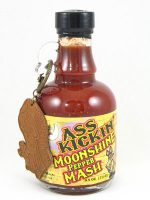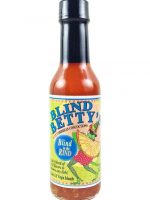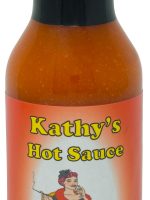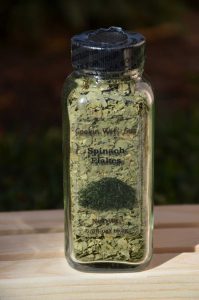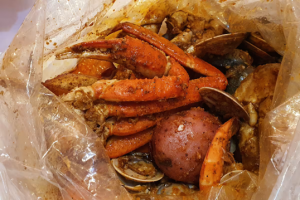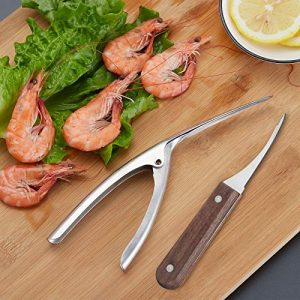Hot Sauces - Hot
These hot sauces – hot are for those looking to add a still civilized touch of heat and flavor to to foods.
The ranges for Hot Sauces – Hot range from 50,000 to 1,000.000 Scoville units. Why is it spicy? We experience the spicy flavor and sensation due to capsaicin. Capsaicin is the active component found in chili peppers. Capsaicin is considered a chemical irritant and produces a burning sensation when mammals, including humans, come in contact with the chemical ingredient.
Ultimately, hot sauce is considered to be an overall healthy condiment. While it alone won’t cure cancer, diabetes, or high blood pressure. Scientific studies suggest that it can show some health benefits overall. Especially if you find a hot sauce that doesn’t have a lot of sodium or added sugar.
Depending on the chili pepper varieties used and the type of production process, hot sauces are divided into different degrees of pungency and consistencies. There are rather thick sauces with a lot of chili peppers like the Sriracha sauce. The Sriracha sauce is named after the city of Si Racha in Thailand and consists mainly of pureed chillies, garlic, sugar and relatively little vinegar. It is one of the world’s most famous Asian sauces used worldwide in the kitchen. But there are also thinner sauces that contain more vinegar, such as the classic Louisiana hot sauce. The world famous fermented TABASCO® sauce from the USA is a typical representative of the Louisiana style. In the Caribbean, there are very fruity chili sauces, which are mostly made from fresh fruits and Capsicum chinense chilis.
Scoville Definition:
Scoville scale is a measure of the “hotness” of a chili pepper. These fruits of the Capsicum genus contain capsaicin, a chemical compound which stimulates thermoreceptor nerve endings in the skin, especially the mucus membranes, and the number of Scoville Heat Units (SHU) indicates the amount of capsaicin present. Many hot sauces use their Scoville rating in advertising as a selling point. The scale is named after its creator, chemist Wilbur Scoville.
Scoville’s original method for testing hotness was called the Scoville Organoleptic Test, which he developed in 1912. As originally devised, a solution of the pepper extract is diluted in sugar water until the “heat” is no longer detectable to a panel of (usually five) tasters; the degree of dilution gives its measure on the Scoville scale. Thus a sweet pepper, containing no capsaicin at all, has a Scoville rating of zero, meaning no heat detectable even undiluted. Conversely, the hottest chiles, such as habaneros, have a rating of 300,000 or more, indicating that their extract has to be diluted 300,000-fold before the capsaicin present is undetectable. The greatest weakness of the Scoville Organoleptic Test is its imprecision, because it relies on human subjectivity. Being a natural product, the heat can vary from pepper to pepper, so this scale is just a guide.
Capsicum chinense peppers have a very aromatic flavor with a very high to extremely high pungency. They are therefore also suitable for the production of extremely hot chili sauces and extracts. So it is not surprising that the Scoville scale is led by search Blair’s 16 million reserve. The 16 million in the name stands for 16 million Scoville Heat Units. It is not a sauce, but Pure Capsaicin crystals.
Enjoy but be careful !!!
“Life’s Good When You’re Cookin Wit’ Gus !!!!”
Showing all 5 results
